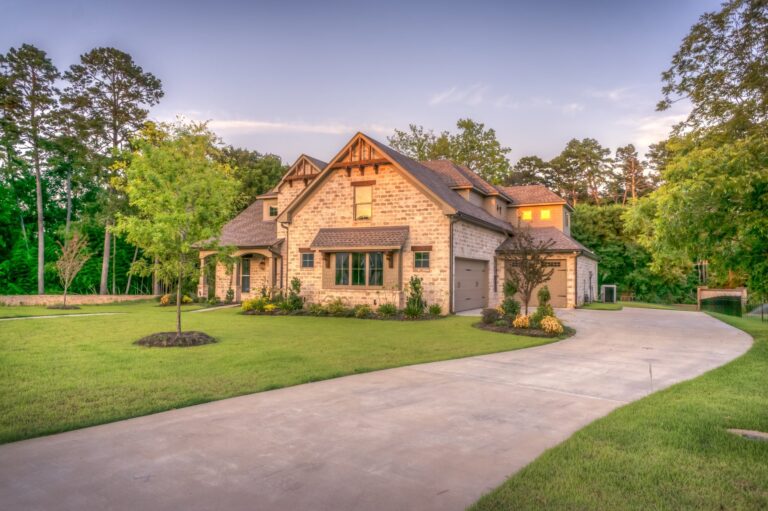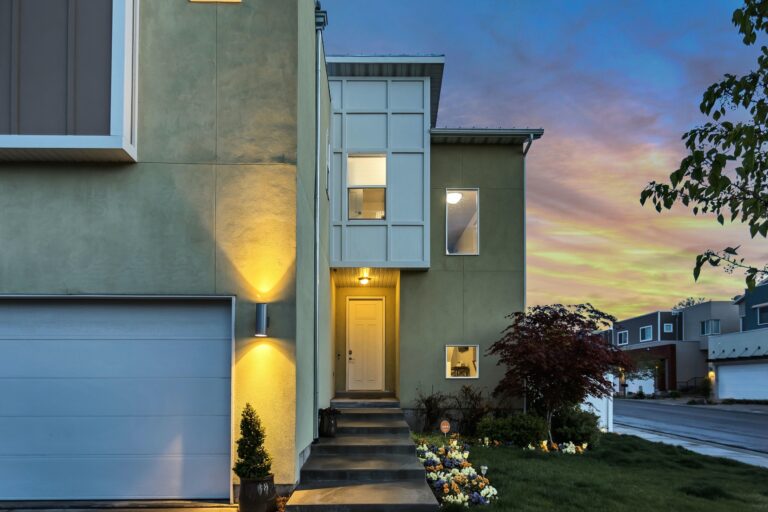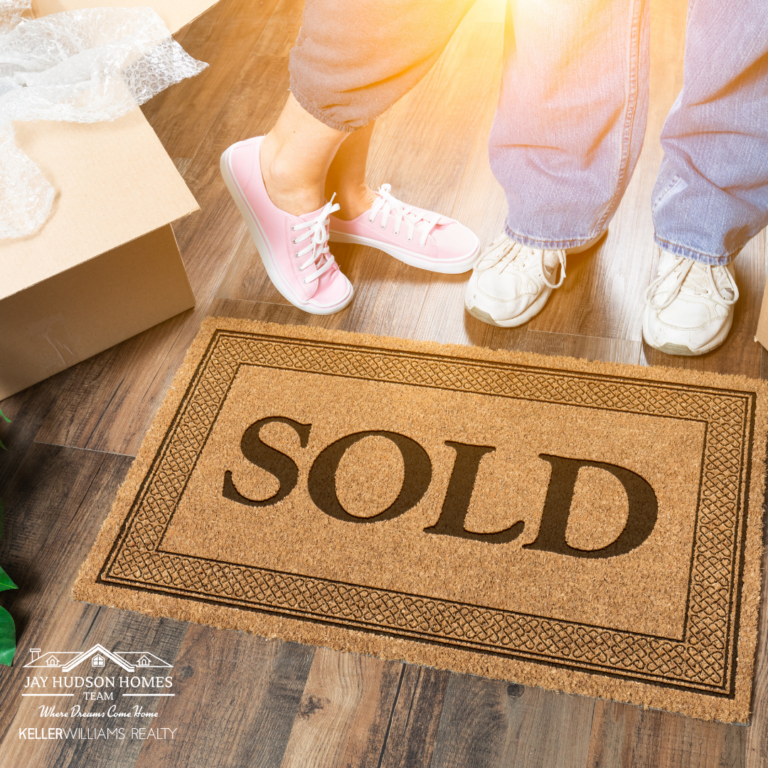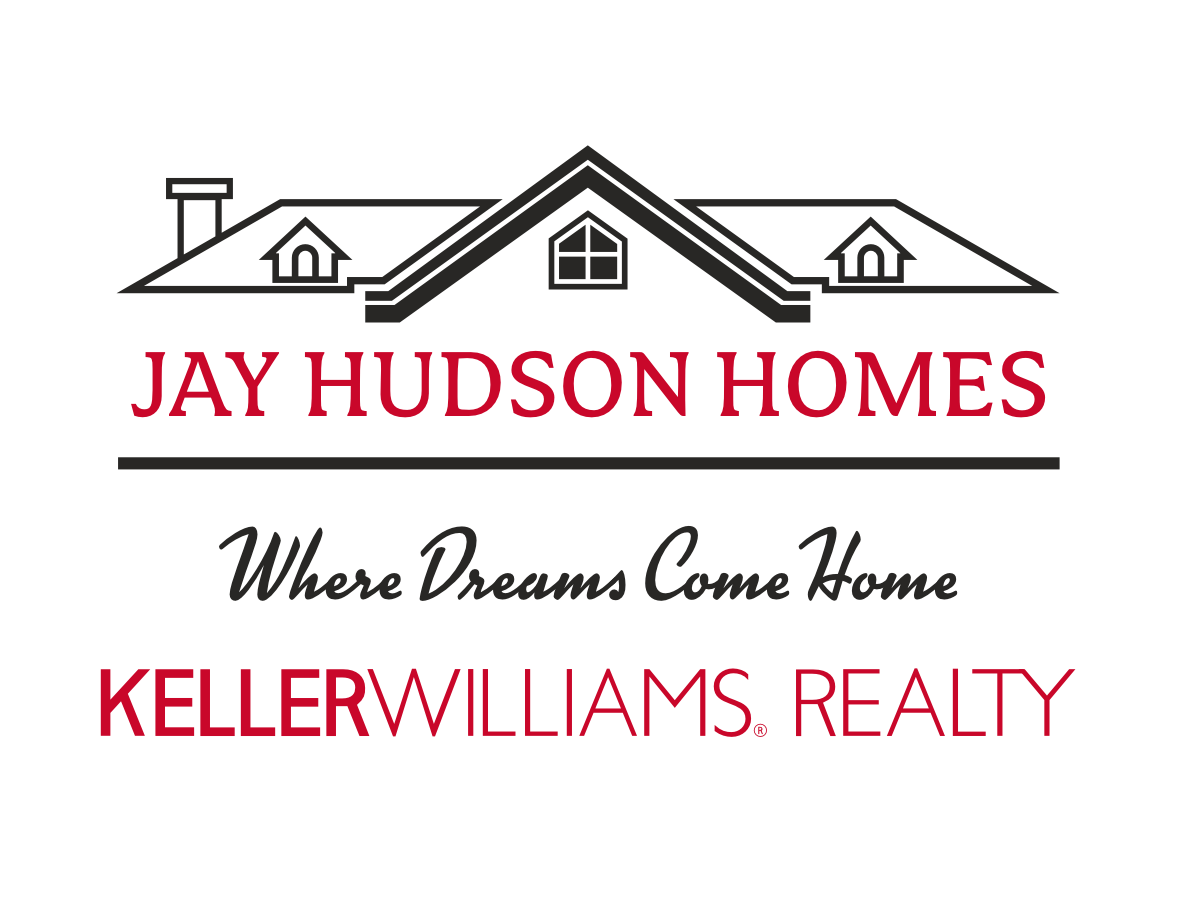Discovering the Pros and Cons
of Building a Home.
Building a home opens the door to endless possibilities, from location to layout. Do you dream of mountain views and a covered front porch where you can watch the sun rise or set? Or are you considering a ranch-style home or even a barndominium? With all these possibilities comes a lot of choices and decision-making. Whether you opt to build in a Planned Urban Development (PUD) with Homeowners Association (HOA) restrictions or prefer working with an architect for a completely customized home, be prepared to make decisions.
Pros of Building a Home:
Location & Setting:
If location is your top priority for your next home, building one gives you the flexibility to focus on finding the right land for sale, rather than compromising on the house. Whether you desire acreage, lakefront property, or a specific orientation for your front door, building allows you to prioritize your surroundings.
Personalization and Customization:
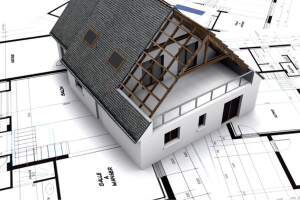
Building a home allows you to tailor it to your preferences, from finishes to layout and design that suits your lifestyle. For those planning to stay in their forever home, considerations like aging in place become vital. You can design a home with features like a main floor primary bedroom to accommodate future mobility needs. Moreover, if you anticipate family growth, opting for a ranch-style home with the potential for a basement build-out later offers flexibility.
Then there is everyday life. For example, an active family may want a laundry room or mudroom with outside access, allowing kids to drop their dirty items before entering the house. Another consideration might be installing a central vacuum system with kick plates to easily sweep up pet hair.
In one case, we had a client who ensured that all the rooms had closets big enough to hold a decorated Christmas tree. This way, she could simply pull out the already decorated tree every year and slide it back into the closet at the end of the holiday season.
Regardless of your family’s specific needs, the wonderful part of building a home is that you can explore different types of floor plans that will work better for you and your family. Customizing your home allows you to tailor it to your lifestyle and create spaces that suit your unique requirements.
Modern Amenities and Energy Efficiency:
Since you are building a new home, you can take comfort in knowing that it will be up to code, and you’ll have all-new appliances and fixtures. Many homeowners nowadays opt for smart features like thermostats, lighting, and security systems.
As you make selections for your home’s appliances, fixtures, materials, and equipment, consider options like solar panels or tankless water heaters. Although they may add to the upfront costs, in the long run, they prove to be more efficient and cost-effective over two or three years.
When it comes to eco-friendly upgrades, foam insulation is a popular choice over traditional rolled-out insulation. Additionally, high-energy-efficient windows, properly installed and sealed, significantly reduce air leakage during hot summers or heat loss during colder months, eliminating that drafty feeling around the windows. Treating windows for UVA and UVB rays is another common green solution to enhance energy efficiency and protect furnishings from sun damage.
Cons of Building a Home:
Time and Effort:
A local builder recently provided a timeline of 9-12 months for building a home. With such a timeframe, you need to carefully consider your living arrangements during the construction period. If you’re currently residing in an apartment, it might mean having to opt for a month-to-month lease to ensure flexibility. On the other hand, if you’re planning to sell your current home to finance the new build, you should also think about where you’ll live once your home is sold and the new construction is underway.
Furthermore, building a home requires a significant investment of personal time and effort. The type of new build you choose, whether it’s a Planned Urban Development (PUD) or a completely custom home, will directly impact the level of involvement required from you. A PUD may offer fewer options for customization and may require less management on your part. In contrast, a completely custom home means you could have a more hands-on role in decision-making, ranging from selecting lighting switch covers to determining the placement of closets.
Consider the practical aspects of living arrangements and the amount of personal time and effort you can dedicate before making a decision about the type of new build that suits your needs and lifestyle best.
External Factors:
Weather, trade contractors’ availability, inspections, and material delays can affect your home build schedule. For example, heavy rain may hinder progress during the framing stage, while a shortage of skilled tradespeople can lead to waiting periods. Additionally, delays in obtaining materials, as seen during the pandemic, can cause unexpected cost increases.
Cost Considerations:
Depending on the builder and your agreement, the price of building your home could vary significantly. To minimize the risk of cost increases, it’s advisable to work with a builder who offers a fixed rate or fixed cost for the project.
Before the pandemic, labor rates and material costs were relatively stable, with predictable annual increases that builders could account for in their forecasts. However, during the pandemic, obtaining building materials such as lumber, cabinets, and flooring became challenging, leading to a dramatic surge in material prices. This unpredictability caused some families who were initially poised to afford a home to find themselves unable to afford the build six months later, resulting in broken contracts and lost deposits. To avoid such surprises, it’s essential to collaborate with a builder who already includes fixed rates or costs in their arrangements.
When selecting a model and creating a budget, a good rule of thumb is to allocate around 30% of the base cost for potential upgrades. Keep in mind that any changes you make to the blueprints and materials will be considered upgrades and add to the overall costs. To help manage expenses, it’s beneficial to have a list of must-haves, wants, and needs when meeting with the builder. Additionally, having your Realtor® present can provide valuable guidance and prevent the total cost from exceeding your budget.
For example, one of our agents is currently assisting clients in building a new home, and they needed a little more space. The couple contemplated extending the floor plan by ten feet, but this would have added approximately $9,000.00 to the base price for just an additional 125 square feet. Instead, our agent found a similar floorplan that included an extra 200 square feet without the hefty upcharge. The wife was delighted because she also got her highly desired screened-in porch.
Decision-Making:
Be prepared to make decisions and take responsibility for your choices throughout the entire process of building a home, from the very beginning to moving day. Constructing a home involves constant decision-making, and the ability to customize your house is undoubtedly a great advantage. However, the abundance of choices, the challenge of visualizing the final project, or the fear of making the wrong decision can become significant obstacles for some.

To help with this, some builders offer showrooms where you can meet with a designer to select design choices and materials. Others utilize Mood or Design boards, which allow you to see a room put together with all the finishes and details, including flooring color, wall paint, cabinetry, trim, and more.
Having your real estate agent with you during the design process can be a great way to have an additional perspective and help navigate your choices. For instance, your agent can assist you in narrowing down options to your top three choices, making the decision-making process more manageable. (Realtor Note: When struggling to decide, start by reducing options to your top three, or ask the designer to present only three choices).
Understanding your comfort level with decision-making is crucial when deciding on the type of new home you want to build. Some people thrive in the creative process and enjoy making numerous choices, while others may feel overwhelmed by too many decisions. Consider your preferences and confidence in making choices as you embark on the journey of building your dream home.
Building a home presents a world of possibilities, allowing you to customize every aspect according to your preferences and needs. From location to layout, the flexibility is unparalleled. However, this journey is not without its challenges, and careful consideration of the pros and cons is crucial before making a decision.
The pros of building a home include the ability to prioritize location and surroundings, personalize the design, and integrate modern amenities and energy-efficient features. Creating a home tailored to your lifestyle and future needs can bring immense satisfaction.
On the other hand, building a home demands time, effort, and dedication. Dealing with external factors such as weather, trade contractors’ availability, and material delays can test your patience. Cost considerations, including unpredictable market fluctuations, require thorough planning and budgeting.
Making constant decisions from start to moving day can be overwhelming, but with the right guidance, you can navigate this process smoothly. Consulting showrooms, design boards, and a knowledgeable real estate agent can help alleviate the burden of decision-making.
Ultimately, the importance of carefully weighing the options based on individual needs and preferences cannot be emphasized enough. Building a home can be a rewarding and fulfilling experience, but it requires thoughtful planning, clear priorities, and collaboration with experienced professionals.
By understanding your priorities, comfort level with decision-making, and financial capabilities, you can embark on the journey of building your dream home confidently. With careful consideration and the right support, you can turn your vision into a reality and create a home that truly reflects your unique lifestyle and personality.

